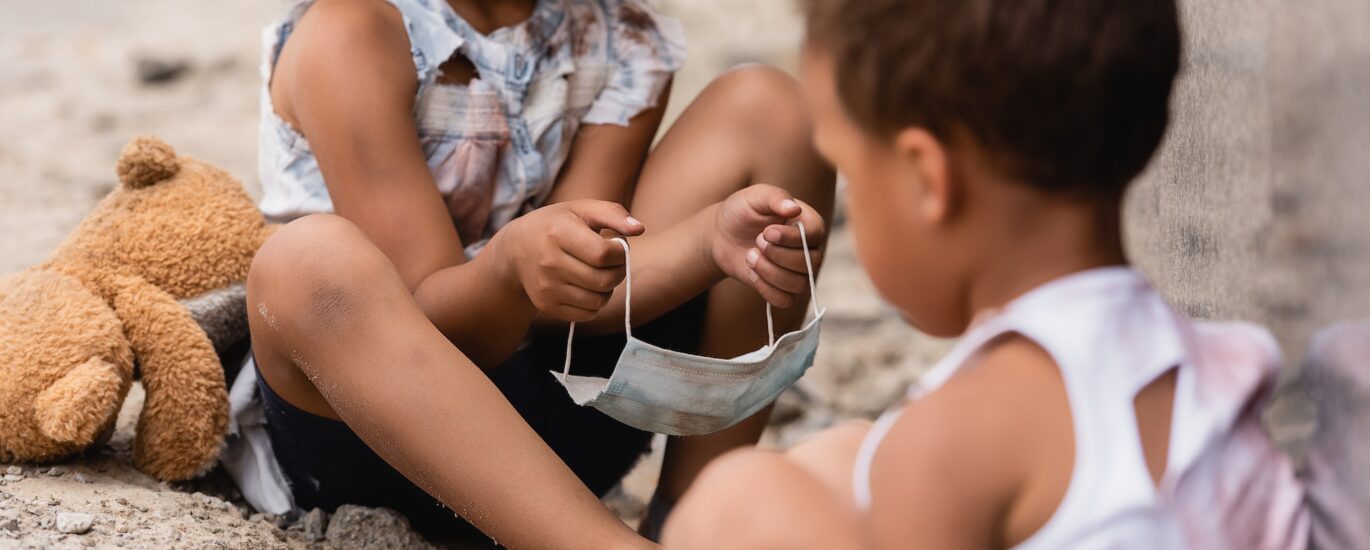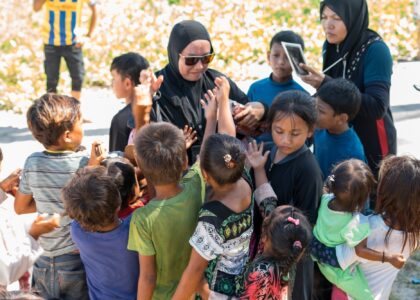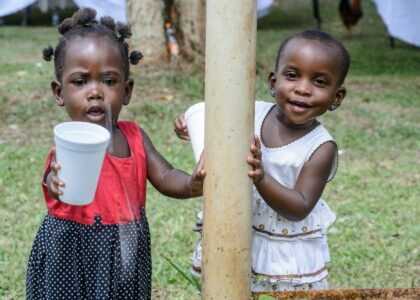Introduction: Disasters, whether natural or man-made, can strike without warning, leaving behind a trail of destruction and impacting countless lives. From floods and earthquakes to industrial accidents and health crises, the effects of these events are often devastating, disrupting communities and economies alike. While we cannot always prevent disasters from occurring, we can take proactive steps to reduce their impact and build a more resilient society. In this blog, we’ll explore the importance of disaster risk reduction and how individuals, communities, and governments can work together to create safer environments for everyone.
Understanding Disaster Risk Reduction: Disaster risk reduction (DRR) involves implementing strategies to minimize the damage caused by disasters through prevention, preparedness, and mitigation. This approach not only focuses on responding to disasters after they occur but also on reducing the risks before they happen. Key elements of DRR include:
- Risk Assessment: Identifying potential hazards and evaluating the vulnerabilities of communities to those risks.
- Preparedness Planning: Creating and practicing emergency response plans that ensure communities are ready to act when a disaster strikes.
- Mitigation Measures: Implementing physical, social, and economic measures to reduce the impact of disasters, such as building flood defenses, enforcing strict building codes, or educating the public.
Steps to Reduce Disasters in Society:
-
Invest in Education and Awareness: Education is a powerful tool in reducing disaster risk. By raising awareness about the potential hazards and teaching communities how to respond, we empower individuals to take action. Schools, workplaces, and community centers should regularly conduct drills and provide information on emergency procedures, evacuation routes, and safety measures.
-
Enhance Early Warning Systems: Effective early warning systems can save lives by providing timely information that allows people to prepare and evacuate if necessary. Governments should invest in advanced technologies for monitoring natural hazards like hurricanes, earthquakes, and tsunamis. These systems should be accessible to all, including marginalized communities that are often most at risk.
-
Build Resilient Infrastructure: Investing in resilient infrastructure is crucial to withstand the impacts of disasters. This includes constructing buildings that meet modern safety standards, reinforcing critical infrastructure such as bridges and roads, and developing green spaces that can absorb floodwaters. Urban planning should consider disaster risks and incorporate mitigation measures like levees, dams, and sea walls.
-
Strengthen Community Engagement: Communities play a vital role in disaster risk reduction. Local knowledge and participation are key to developing effective strategies. Community-based organizations can work closely with authorities to implement local risk reduction projects, such as clearing drainage systems, planting trees to prevent landslides, and creating community emergency response teams.
-
Promote Sustainable Practices: Environmental degradation can exacerbate the effects of natural disasters. Promoting sustainable land use, protecting natural ecosystems, and reducing greenhouse gas emissions can help mitigate risks. For example, preserving mangroves and forests can reduce the impact of coastal storms and prevent soil erosion.
-
Support Vulnerable Populations: Disasters often disproportionately affect vulnerable groups, including the elderly, disabled, and low-income families. Tailoring disaster risk reduction strategies to address the specific needs of these populations is essential. This might include ensuring accessible evacuation routes, providing targeted assistance, and involving them in the planning process.
-
Strengthen Policy and Governance: Effective disaster risk reduction requires strong policies and governance frameworks. Governments should adopt and enforce legislation that prioritizes disaster preparedness and risk reduction. This includes integrating DRR into national and local development plans and ensuring that there is adequate funding and resources allocated for these initiatives.
The Role of Individuals: While governments and organizations play a significant role in disaster risk reduction, individuals can also make a difference. Here are some ways you can contribute:
- Stay Informed: Keep updated on potential hazards in your area and have a plan in place for how you will respond.
- Get Involved: Participate in community preparedness activities and advocate for stronger disaster management policies in your community.
- Reduce Your Impact: Adopt sustainable practices in your daily life, such as reducing waste, conserving water, and supporting initiatives that protect the environment.
Conclusion: Reducing disasters in society is a shared responsibility that requires collective action. By prioritizing education, investing in resilient infrastructure, and promoting sustainable practices, we can reduce the risks and build a safer, more resilient future for all. Let’s work together to protect our communities, our homes, and our lives from the devastating impacts of disasters. Remember, every step towards disaster risk reduction is a step towards a safer and more sustainable world.
Call to Action: Join us in our mission to reduce disaster risks and create a safer society. Share this blog, get involved in local DRR initiatives, and take proactive steps to protect yourself and your community. Together, we can make a difference!








